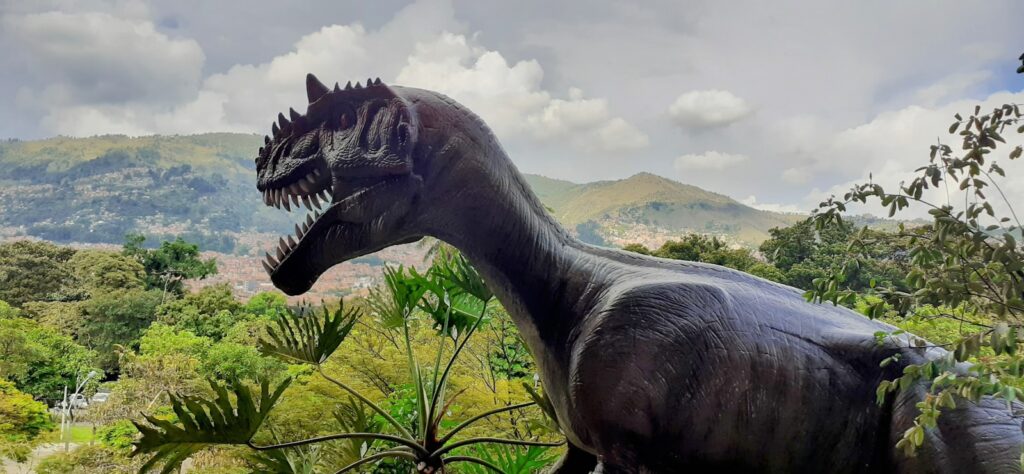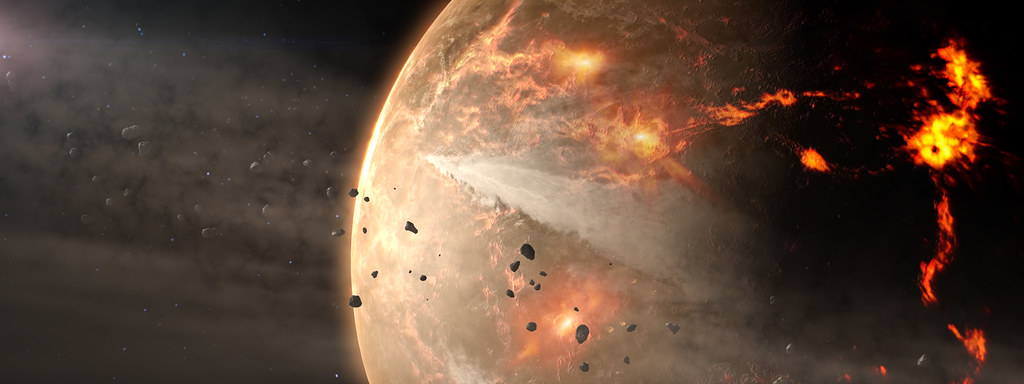Imagine stepping through a time portal and finding yourself in a world where crocodiles walked upright on two legs, where the first dinosaurs were no bigger than chickens, and where bizarre reptiles with sails on their backs dominated the landscape. Welcome to the Triassic Period, a chapter in Earth’s history that began 252 million years ago and ended 201 million years ago. This wasn’t just any ordinary time – it was the dawn of the age of dinosaurs, but also home to some of the most unusual and fascinating creatures that ever lived.
The Triassic world was a place of extreme contrasts and evolutionary experiments. After the devastating Permian-Triassic extinction event wiped out 96% of marine species and 70% of terrestrial vertebrates, life had to rebuild itself from scratch. What emerged was a biological renaissance that would set the stage for the next 150 million years of Earth’s history.
The Great Recovery: How Life Bounced Back from Near-Extinction
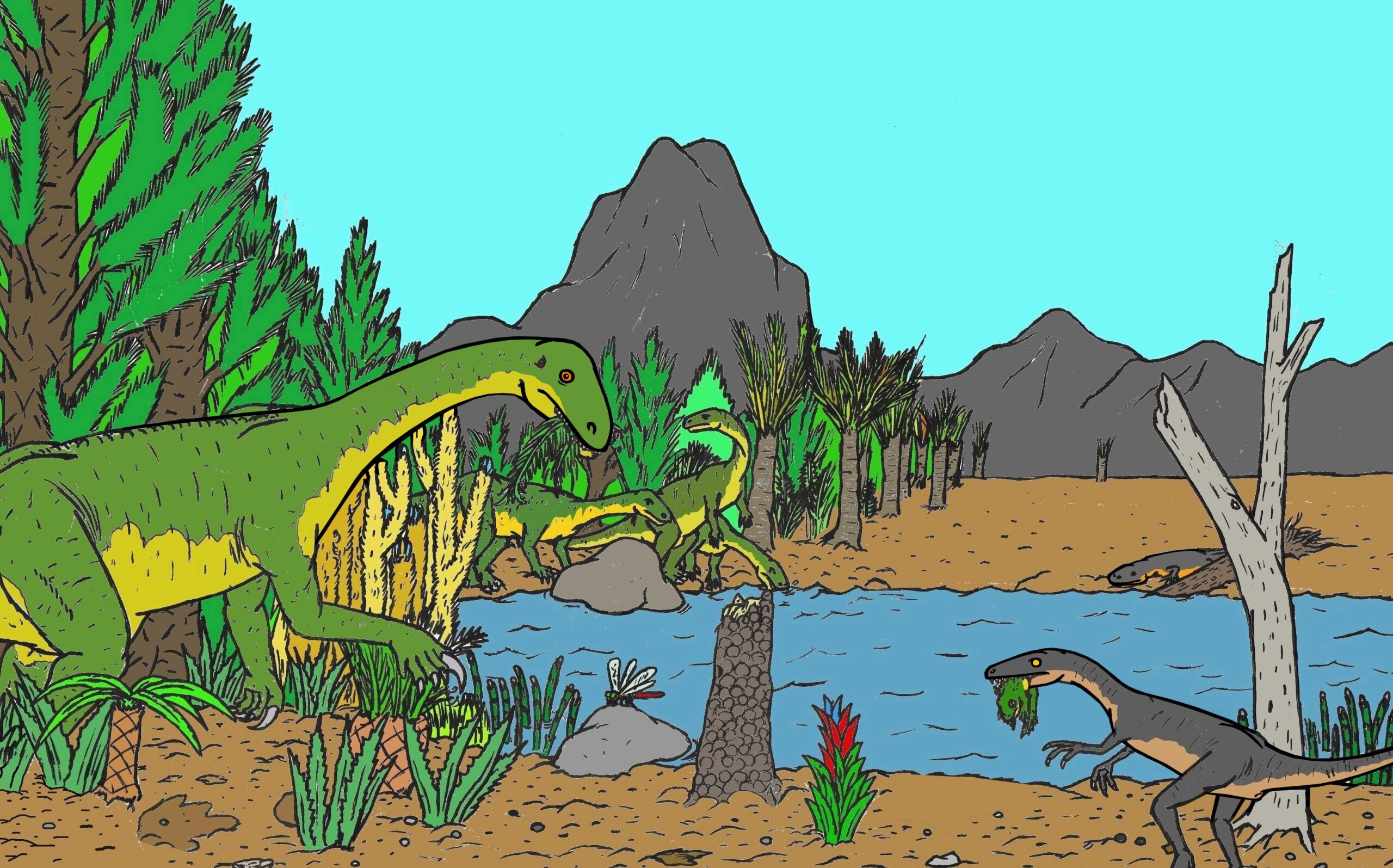
The Triassic Period began in the aftermath of the most catastrophic mass extinction in Earth’s history. The planet was essentially a blank canvas, and evolution got creative in ways that would make modern science fiction writers jealous. Empty ecological niches became testing grounds for radical new body plans and survival strategies.
Recovery didn’t happen overnight. For the first 5 million years of the Triassic, life struggled to gain a foothold. But when it did, the explosion of diversity was spectacular. New groups of animals emerged that had never existed before, while others evolved into forms so bizarre they seem almost alien to our modern eyes.
The supercontinent Pangaea dominated the globe during this time, creating a hot, dry climate with massive deserts in the interior. This harsh environment pushed evolution to its limits, creating creatures perfectly adapted to survive in conditions that would challenge even the most resilient animals today.
Archosaurs: The Rulers Before the Dinosaurs
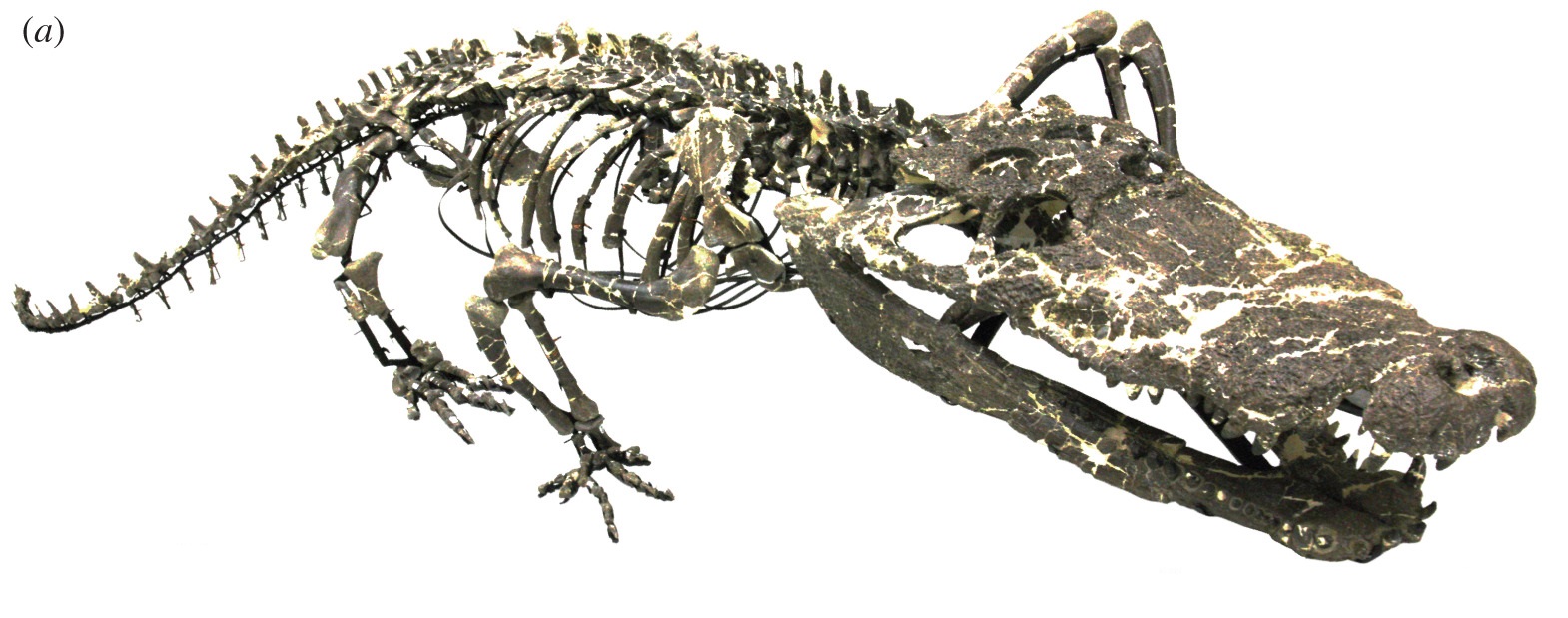
http://doi.org/10.1098/rsos.210320, CC BY 4.0, https://commons.wikimedia.org/w/index.php?curid=113170584)
Before dinosaurs claimed their throne, a group called archosaurs dominated the Triassic landscape. These weren’t your typical reptiles – they were evolutionary pioneers that developed features we now associate with much more advanced animals. Some walked on two legs, others developed armor plating, and many possessed surprisingly sophisticated social behaviors.
The most successful archosaurs were the pseudosuchians, which included the ancestors of modern crocodiles. But these weren’t the semi-aquatic ambush predators we know today. Triassic pseudosuchians were active, terrestrial hunters that could run down prey on land with remarkable speed and agility.
One of the most impressive was Saurosuchus, a massive predator that grew up to 23 feet long. Unlike modern crocodiles, it had long, powerful legs that held its body high off the ground, making it look more like a dinosaur than a crocodile. Its skull alone measured over 3 feet in length, packed with razor-sharp teeth designed for slicing through flesh and bone.
Desmatosuchus: The Triassic Tank That Wasn’t a Dinosaur
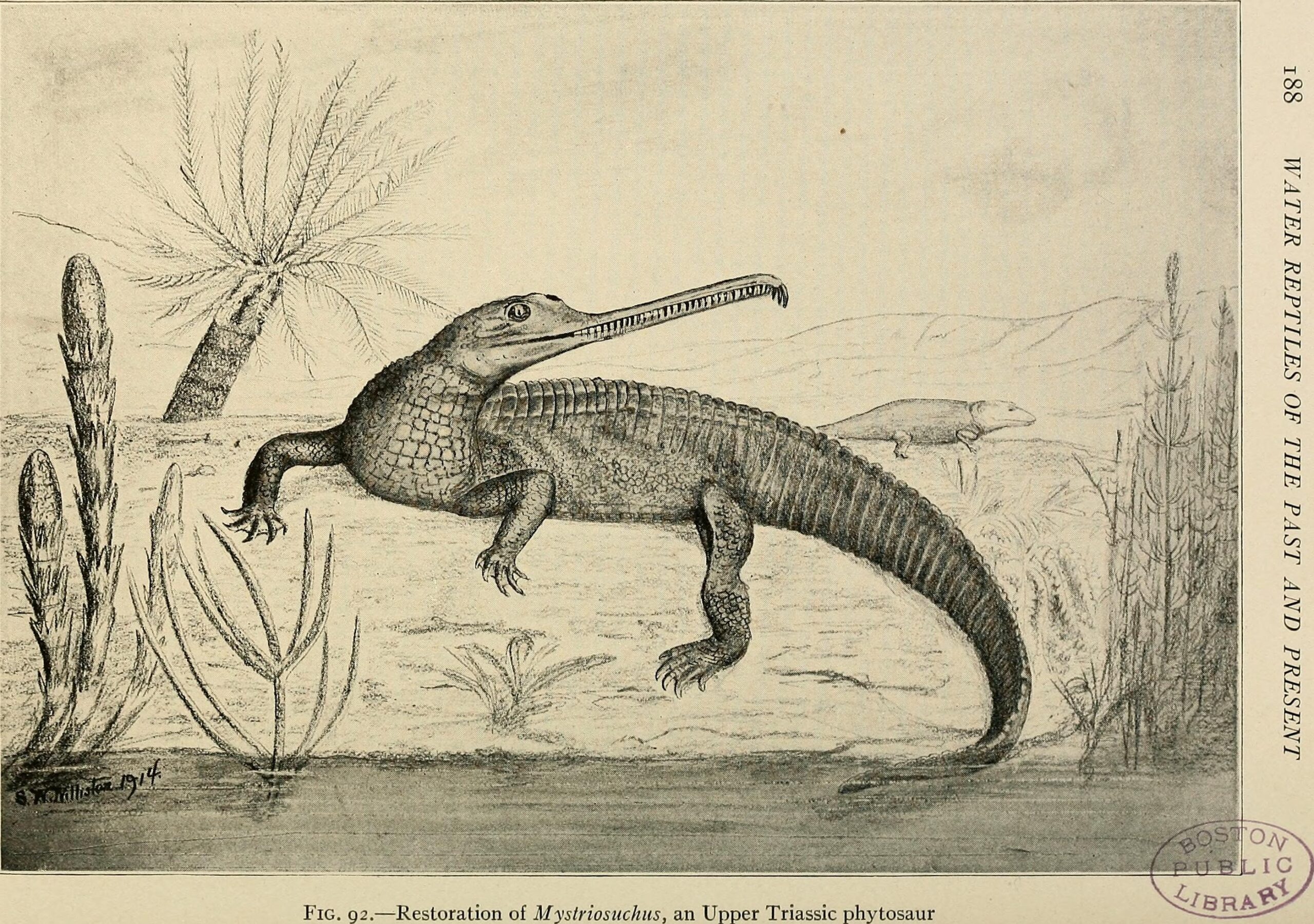
Picture an armored vehicle the size of a small bus, covered in bony plates and sporting wicked spikes along its sides. This describes Desmatosuchus, one of the most heavily armored animals that ever lived. Despite its fearsome appearance, this 16-foot-long giant was actually a vegetarian – nature’s way of proving that looks can be deceiving.
Desmatosuchus possessed one of the most sophisticated armor systems in the fossil record. Its back was covered in rows of rectangular bony plates called osteoderms, while its belly was protected by smaller, overlapping scales. The most distinctive feature was the pair of curved spikes projecting from its shoulders, which could be used for defense or possibly for intraspecies competition.
What makes Desmatosuchus truly remarkable is its snout, which was narrow and upturned – perfect for rooting through vegetation and soft soil. This pig-like feeding behavior in a crocodile-like body shows just how experimental evolution was during the Triassic Period.
Postosuchus: The Apex Predator That Ruled Before T. Rex
Long before Tyrannosaurus rex became the poster child for prehistoric predators, Postosuchus terrorized the Triassic landscape as the ultimate apex predator. This 20-foot-long monster combined the best features of crocodiles and dinosaurs, creating a killing machine that dominated its ecosystem for millions of years.
Postosuchus was built like a biological tank, with a massive skull filled with serrated teeth and powerful jaw muscles that could crush bone. Its body was supported by four strong legs, but here’s where it gets interesting – it could rear up on its hind legs to attack, making it one of the first large predators to adopt a bipedal hunting stance.
Recent studies suggest that Postosuchus may have been warm-blooded, giving it a significant advantage over its cold-blooded prey. This metabolic boost would have allowed it to maintain high activity levels even in the cooler parts of the day, making it a round-the-clock terror for other Triassic animals.
The First Dinosaurs: Humble Beginnings of Future Giants
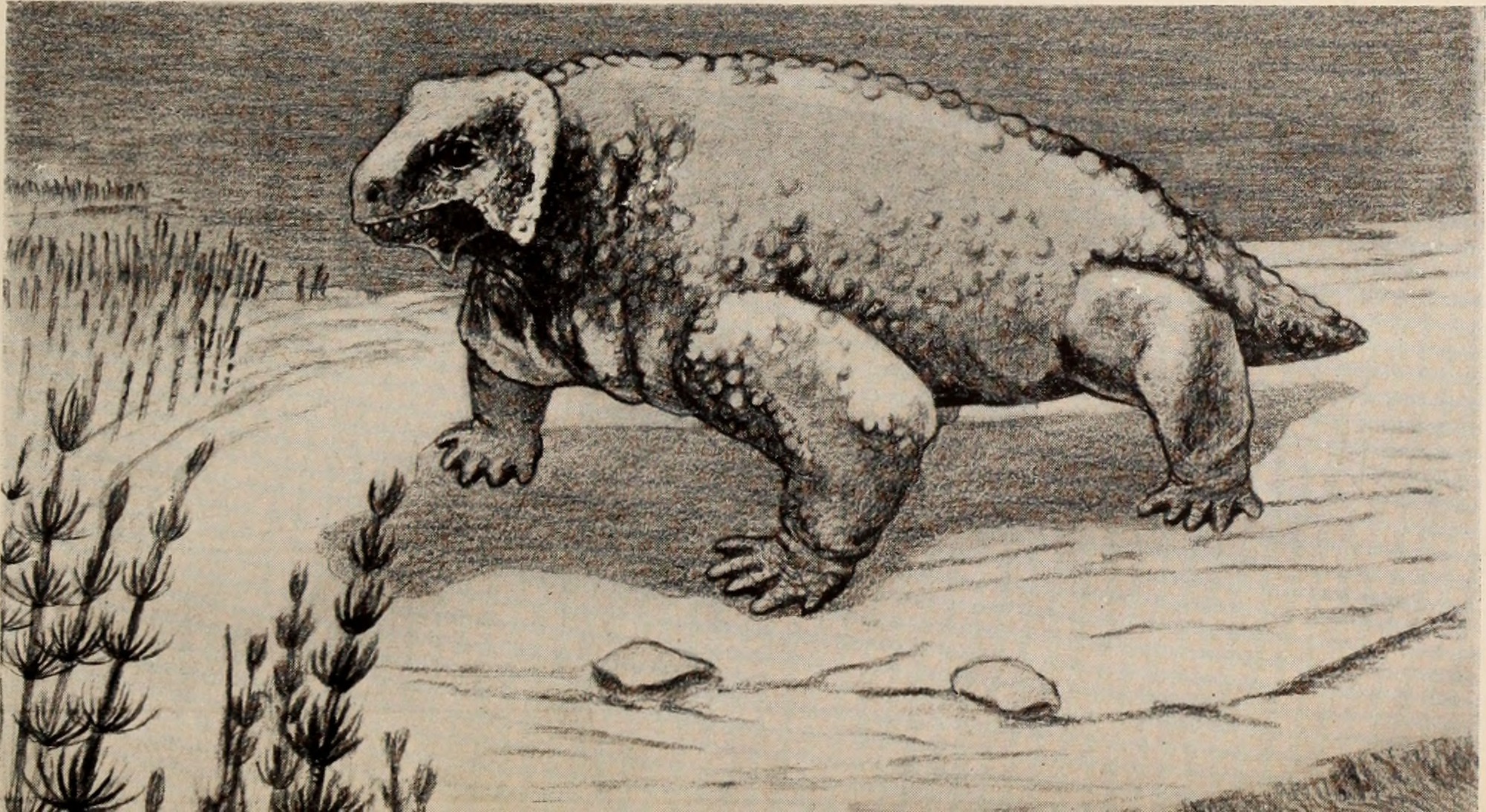
While massive archosaurs ruled the Triassic world, the first dinosaurs were quietly making their debut as small, agile creatures that few would have predicted would eventually dominate the planet. These early dinosaurs were nothing like the giants we imagine today – most were no bigger than a modern chicken or dog.
Eoraptor, one of the earliest known dinosaurs, was a slender, 3-foot-long creature that weighed about as much as a house cat. It had a mixed diet of plants and small animals, and its skeletal structure shows the basic blueprint that would eventually give rise to both the massive sauropods and the fearsome theropods.
What made these early dinosaurs special wasn’t their size or strength, but their adaptability. They possessed efficient respiratory systems, upright posture, and relatively large brains for their body size. These advantages would prove crucial when the next mass extinction event cleared the way for their rise to dominance.
Plateosaurus: The Gentle Giant That Changed Everything
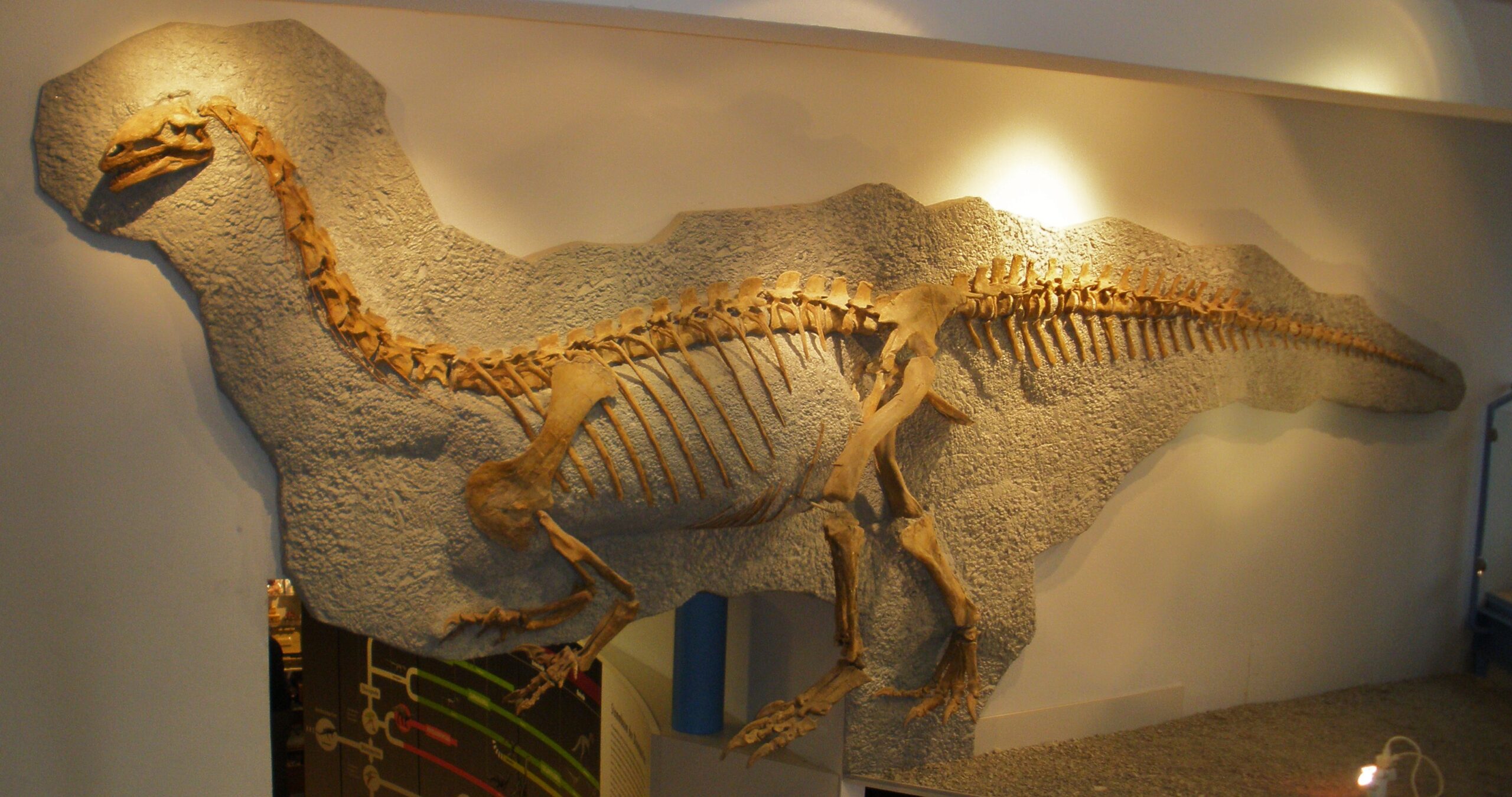
By the late Triassic, dinosaurs had begun to experiment with size, and Plateosaurus represents one of the first successful attempts at gigantism. This 26-foot-long herbivore was one of the largest land animals of its time, yet it retained the basic body plan that would eventually lead to the massive sauropods of the Jurassic and Cretaceous periods.
Plateosaurus had a long neck that allowed it to browse on vegetation that other animals couldn’t reach, giving it access to an untapped food source. Its hands were equipped with large thumb claws that could be used for defense or for pulling down tree branches to reach tender leaves.
Perhaps most remarkably, Plateosaurus shows evidence of herding behavior. Fossil sites in Germany have revealed dozens of individuals buried together, suggesting that these early giants may have migrated in large groups. This social behavior would become a common survival strategy among later dinosaurs.
Coelophysis: The Pack Hunter That Rewrote Predator Rules
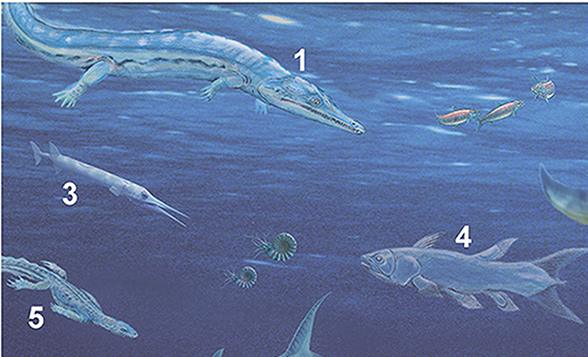
While most people think of dinosaurs as solitary hunters, Coelophysis was busy rewriting the rulebook on predatory behavior. This 9-foot-long theropod was one of the first dinosaurs to adopt pack hunting strategies, working together to take down prey much larger than themselves.
Coelophysis had a slender build optimized for speed and agility rather than raw power. Its long, narrow skull was filled with sharp, serrated teeth perfect for slicing flesh, while its powerful hind legs could propel it at speeds that would have made it nearly impossible to escape from.
The most famous Coelophysis discovery comes from Ghost Ranch in New Mexico, where hundreds of individuals were found together in a single bone bed. This massive death assemblage suggests that these dinosaurs lived in large social groups, possibly migrating together across the ancient landscape in search of food and water.
Tanystropheus: The Neck That Defied Physics
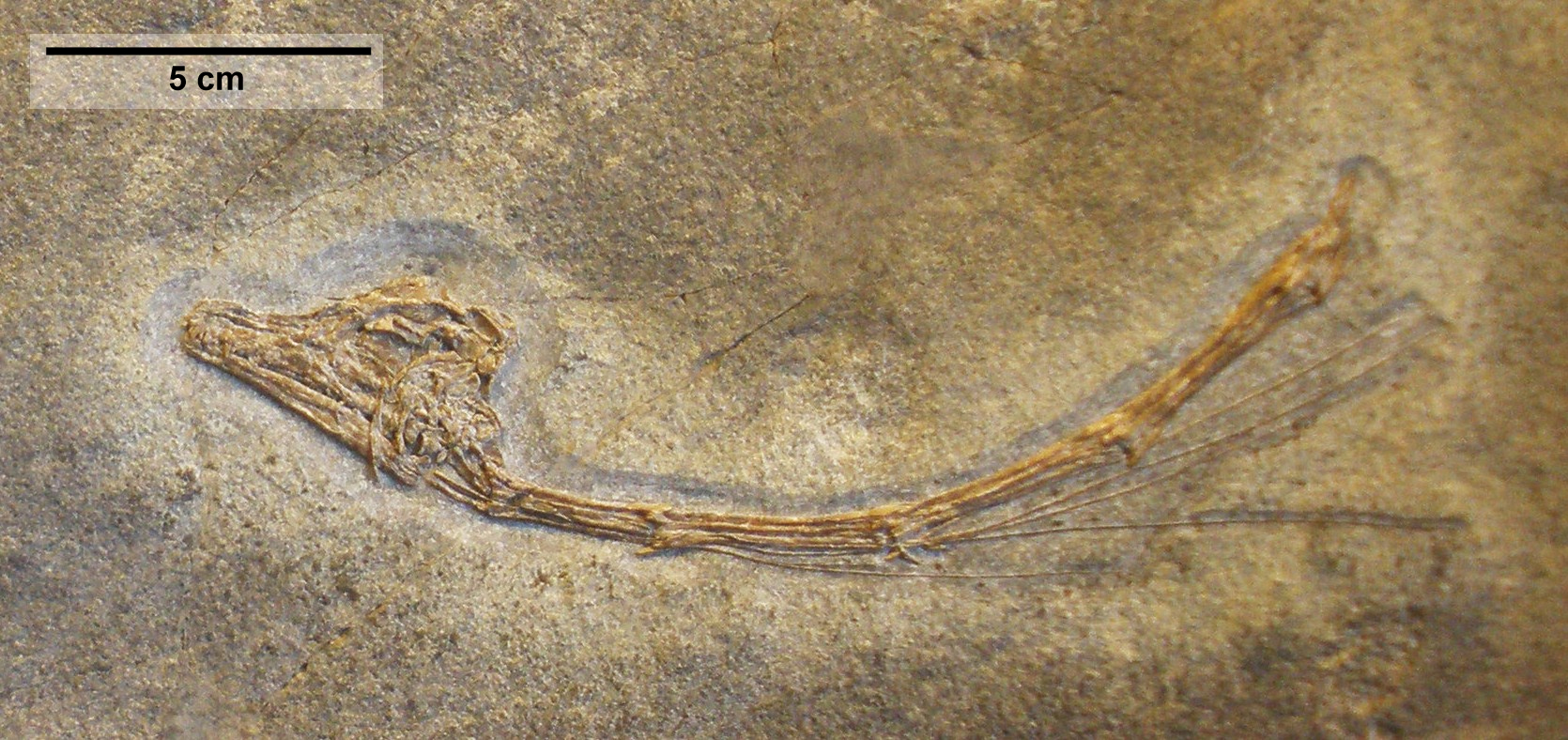
If you thought giraffes had long necks, wait until you meet Tanystropheus, a reptile whose neck was literally longer than the rest of its body combined. This 20-foot-long creature sported a neck that made up 10 feet of its total length, creating one of the most bizarre silhouettes in the fossil record.
The neck of Tanystropheus consisted of only 13 vertebrae, each one extraordinarily elongated and reinforced with additional ribs for support. This engineering marvel allowed the animal to reach prey in crevices and underwater environments that were inaccessible to other predators.
Recent research has revealed that Tanystropheus was actually a semi-aquatic predator that used its incredible neck to snatch fish and squid from the water while keeping its body safely on land. This feeding strategy was so successful that several species of Tanystropheus evolved, each adapted to different aquatic environments.
Lystrosaurus: The Survivor That Inherited the Earth
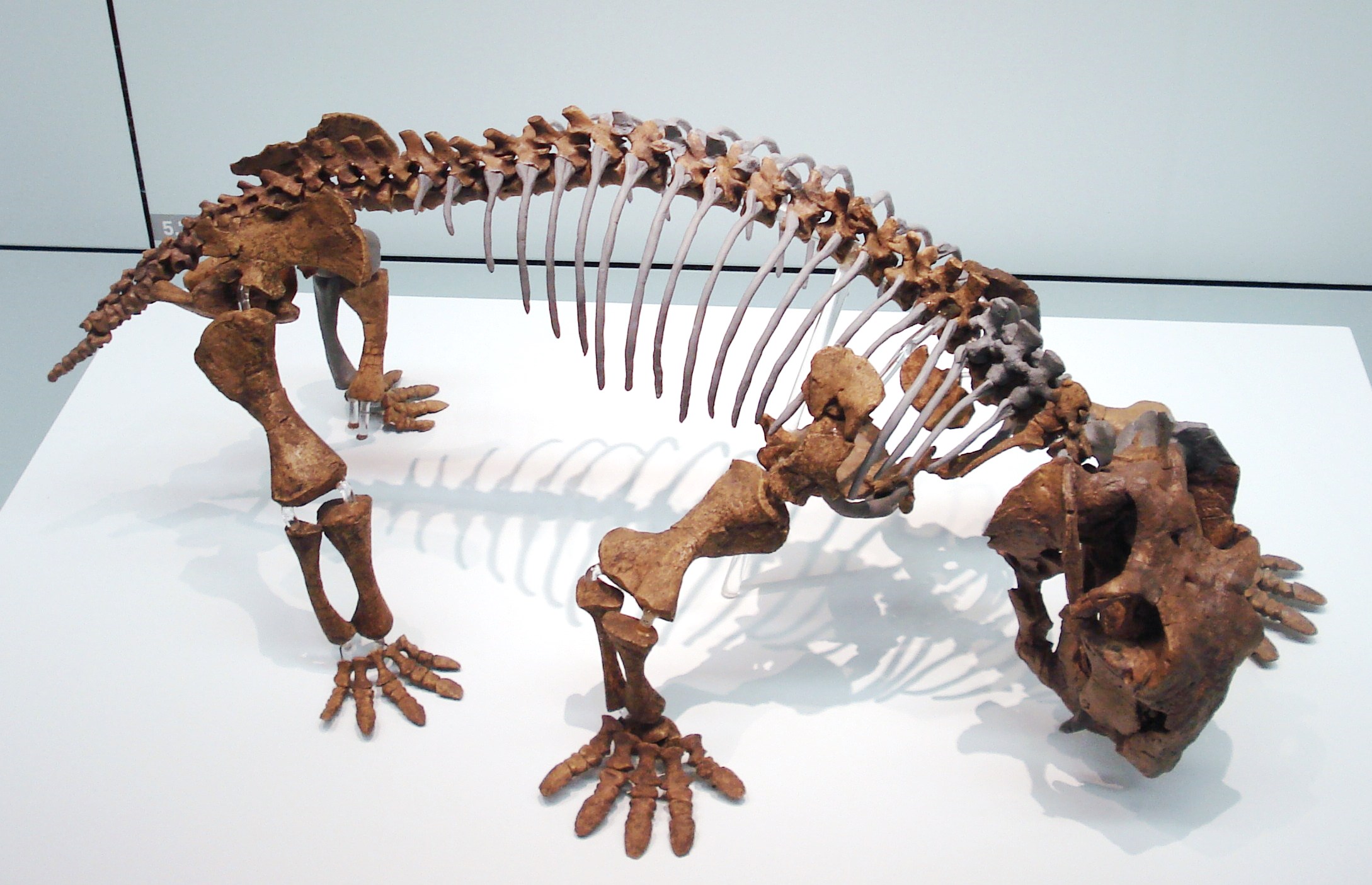
While other animals were busy evolving elaborate features and complex behaviors, Lystrosaurus took a different approach – it simply refused to die. This pig-sized herbivore was one of the few animals to survive the Permian-Triassic extinction event, and it made the most of its second chance at life.
Lystrosaurus had a simple but effective body plan: a barrel-shaped body, short legs, and a beak-like mouth perfect for cropping vegetation. It wasn’t fast, it wasn’t particularly smart, and it certainly wasn’t intimidating, but it was incredibly well-suited to the harsh conditions of the early Triassic world.
The success of Lystrosaurus was so complete that it made up 95% of all land vertebrates during the early Triassic. Its fossils have been found on every continent, including Antarctica, making it one of the most widespread animals in Earth’s history. Sometimes, in evolution, being boring is the best survival strategy of all.
Nothosaurus: The Marine Reptile That Mastered Two Worlds

The Triassic seas were home to some remarkable creatures, and Nothosaurus was among the most successful. This 13-foot-long marine reptile looked like a cross between a seal and a crocodile, with paddle-like limbs and a long, flexible neck that made it a formidable aquatic predator.
What made Nothosaurus truly special was its ability to function both in water and on land. Its limbs were structured like those of modern seals, allowing it to swim efficiently while still being able to haul itself onto beaches to rest, mate, and possibly lay eggs.
Nothosaurus had a mouth full of sharp, interlocking teeth that formed a perfect fish trap. When it closed its jaws, the teeth meshed together like a cage, preventing slippery prey from escaping. This feeding adaptation was so successful that it was later copied by other marine reptiles throughout the Mesozoic Era.
Mixosaurus: The Dolphin That Came 200 Million Years Too Early
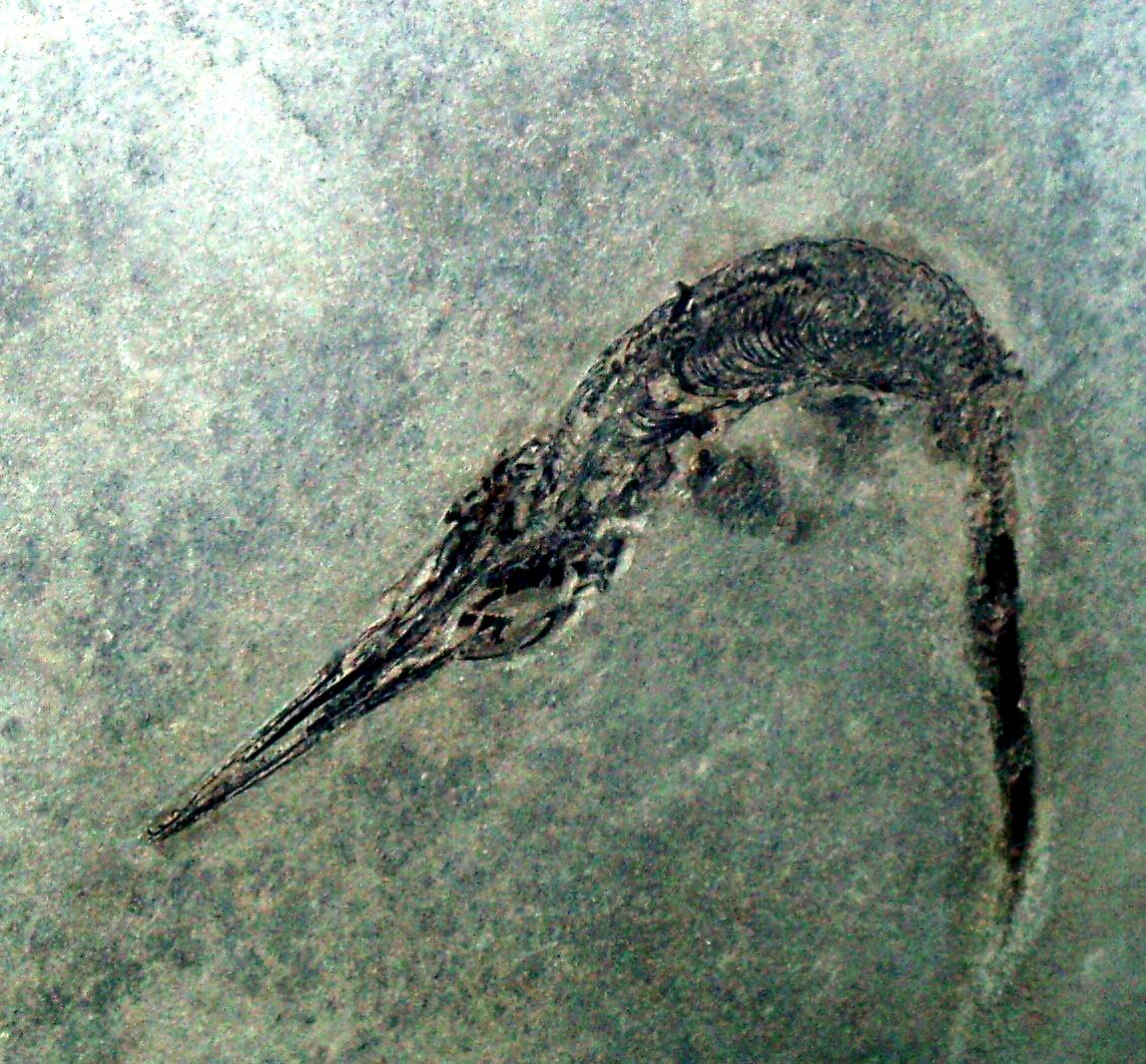
Long before dolphins evolved their streamlined bodies and echolocation abilities, Mixosaurus was perfecting the art of high-speed underwater hunting. This 6-foot-long ichthyosaur looked remarkably similar to modern dolphins, proving that good design solutions tend to evolve repeatedly throughout history.
Mixosaurus had large eyes that took up a significant portion of its skull, allowing it to hunt effectively in the murky waters of the Triassic seas. Its body was torpedo-shaped for maximum hydrodynamic efficiency, while its powerful tail provided the thrust needed to chase down fast-moving prey.
The most remarkable thing about Mixosaurus is how quickly it evolved these adaptations. The ichthyosaur group had only recently transitioned from land to sea, yet they had already developed body plans that wouldn’t look out of place in today’s oceans. This rapid evolution shows just how quickly life can adapt when new opportunities arise.
Placodus: The Triassic Walrus That Crushed Shellfish

The Triassic seas were filled with shellfish, and Placodus evolved into the perfect shell-crushing machine to exploit this abundant food source. This 6-foot-long marine reptile looked like a cross between a walrus and a turtle, with a massive head and powerful jaws designed for one purpose: breaking open the toughest shells.
Placodus had a unique dental arrangement that included flattened crushing teeth in the back of its mouth and protruding front teeth that could be used to pry shellfish off rocks. Its jaw muscles were so powerful that it could generate enough force to crack open shells that modern animals would struggle to break.
The body of Placodus was surprisingly streamlined for a shell-crusher, suggesting that it was an active swimmer rather than a bottom-dwelling scavenger. This combination of swimming ability and crushing power made it one of the most successful marine predators of its time.
Ticinosuchus: The Crocodile That Almost Became a Dinosaur
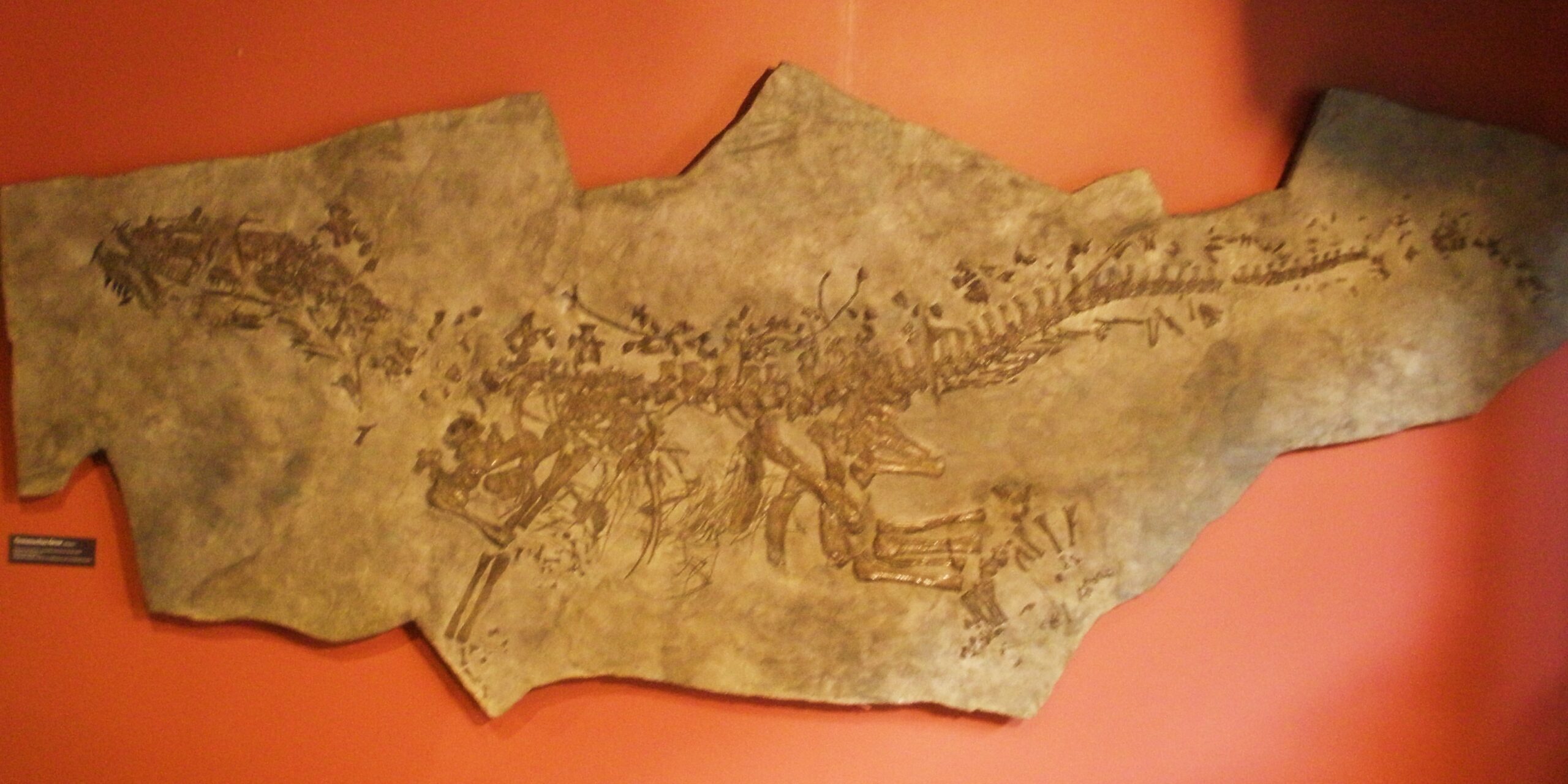
Evolution is full of close calls, and Ticinosuchus represents one of the most intriguing “what if” scenarios in paleontology. This 10-foot-long archosaur was so close to being a dinosaur that scientists initially classified it as one, only to later discover that it had evolved dinosaur-like features independently.
Ticinosuchus had long, slender legs that held its body high off the ground, much like early dinosaurs. Its skull was narrow and filled with sharp teeth, and its overall build suggested that it was a fast, agile predator. In many ways, it was more dinosaur-like than many actual early dinosaurs.
The story of Ticinosuchus illustrates how evolution can produce similar solutions to the same problems in different lineages. If the archosaur lineage had been more successful, we might be living in a world where dinosaur-like crocodiles, rather than true dinosaurs, dominated the landscape.
Hyperodapedon: The Rhino-Sized Reptile That Ate Like a Cow
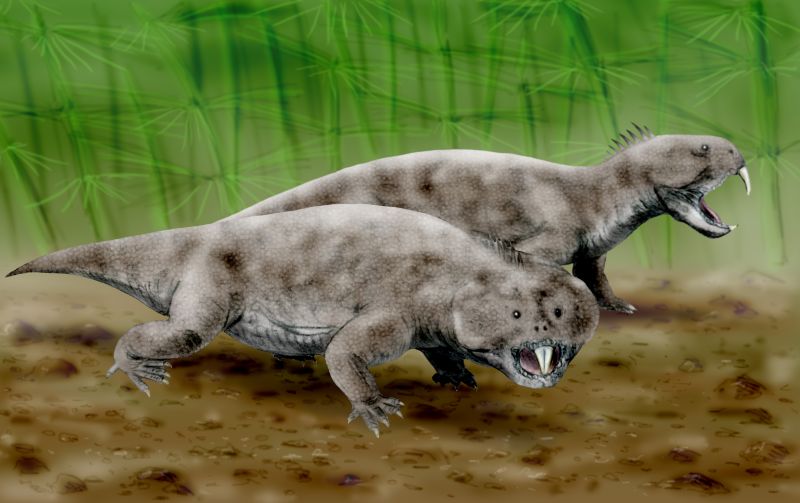
The late Triassic was home to some truly massive herbivores, and Hyperodapedon was among the largest and most successful. This rhino-sized reptile had a unique feeding system that allowed it to process tough plant material with remarkable efficiency, making it one of the most important herbivores in its ecosystem.
Hyperodapedon had a distinctive beak-like snout and rows of small, tightly packed teeth that worked like a biological food processor. It could shear through even the toughest plant material, then use its powerful jaw muscles to grind the vegetation into a digestible pulp.
The success of Hyperodapedon can be measured by its global distribution – fossils have been found on every continent except Antarctica. This wide distribution suggests that it was one of the dominant herbivores of its time, playing a crucial role in shaping the plant communities of the late Triassic world.
The End of an Era: When the Triassic World Vanished
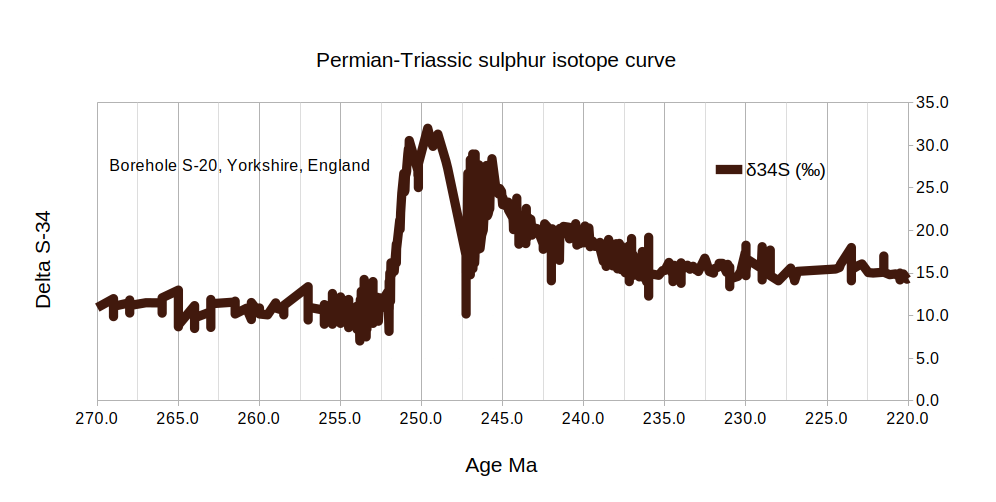
The Triassic Period came to an abrupt end 201 million years ago with another mass extinction event that wiped out many of the amazing creatures we’ve explored. This extinction, known as the Triassic-Jurassic extinction event, eliminated the dominant archosaurs and marine reptiles, clearing the way for dinosaurs to finally claim their throne.
The cause of this extinction is still debated, but massive volcanic eruptions in what is now the Atlantic Ocean likely played a major role. These eruptions would have released enormous amounts of carbon dioxide and sulfur compounds into the atmosphere, dramatically altering the global climate.
The survivors of this extinction event would go on to shape the next 150 million years of Earth’s history. Dinosaurs, which had been relatively minor players during the Triassic, suddenly found themselves in a world with reduced competition and new opportunities for diversification.
The Triassic Period stands as one of the most creative chapters in life’s long story on Earth. From armor-plated giants to pack-hunting predators, from turtle-like marine reptiles to dolphin-shaped ichthyosaurs, this era produced a menagerie of creatures that would seem fantastical if we encountered them today. These animals weren’t just evolutionary experiments – they were successful, sophisticated creatures that dominated their world for millions of years.
What makes the Triassic zoo truly astonishing is how it demonstrates evolution’s incredible creativity when faced with new challenges and opportunities. After the devastating extinction at the end of the Permian, life didn’t just recover – it exploded into forms more diverse and bizarre than anything seen before or since. The legacy of these ancient creatures lives on in their descendants, from the birds that sing in our gardens to the crocodiles that lurk in tropical rivers.
Perhaps most remarkably, the Triassic world shows us that our planet has always been home to wonders that would astonish and delight us. The next time you see a modern animal, remember that it carries within its genes the echoes of ancestors that lived in a world stranger than science fiction. What other incredible creatures might be waiting to be discovered in the rocks beneath our feet?



